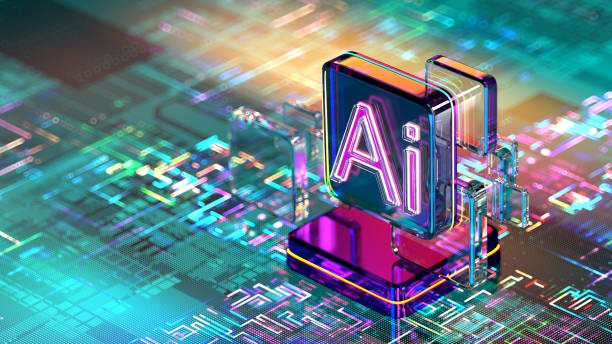In recent years, the realm of artificial intelligence has witnessed a groundbreaking transformation with the advent of text generation AI. This technological marvel is reshaping how we perceive and engage with written content, marking what many are calling a writer’s revolution. By leveraging sophisticated algorithms and vast datasets, text generation AI can produce coherent and contextually relevant pieces of writing that mimic human-like creativity and style.
At its core, text generation AI operates through deep learning models—most notably transformer architectures like GPT (Generative Pre-trained Transformer). These models have been trained on diverse corpora from across the internet, enabling them to understand language nuances and generate human-like text. The sophistication of these systems allows for applications ranging from drafting emails to composing poetry or even crafting news articles.
One significant capability of Text generation AI lies in its ability to enhance productivity for writers. By automating mundane tasks such as drafting outlines or generating first drafts, writers can focus more on refining ideas and infusing creativity into their work. This symbiotic relationship between human authors and AI tools fosters an environment where efficiency meets artistry.
Moreover, this technology democratizes access to high-quality writing assistance. Individuals who may not possess advanced writing skills now have a tool that can help articulate their thoughts clearly and effectively. Whether it’s students working on essays or entrepreneurs needing compelling marketing copy, text generation AI offers valuable support across various fields.
However, the rise of text-generating technologies also brings challenges that need addressing. Concerns about authenticity arise when distinguishing between human-written content and machine-generated material becomes increasingly difficult. Additionally, ethical considerations come into play regarding plagiarism risks or using such tools to spread misinformation intentionally.
To mitigate these issues while harnessing the potential benefits fully requires responsible development practices by tech companies alongside regulatory frameworks ensuring transparency in usage guidelines for users worldwide.
Despite these challenges though there remains immense promise within this evolving landscape: personalized communication experiences tailored specifically towards individual preferences; enhanced accessibility options allowing those with disabilities greater ease navigating digital spaces through voice-activated interfaces powered by natural language processing capabilities embedded within smart devices everywhere today!
The writer’s revolution driven forward thanks largely due advances made possible via innovative approaches taken toward developing cutting-edge solutions like Text Generation AIs continues shaping future possibilities yet unseen before us all! As we navigate complexities inherent therein together collaboratively exploring new frontiers opened wide open awaiting discovery eagerly anticipated next steps surely lie ahead promising exciting developments still forthcoming soon enough indeed!


